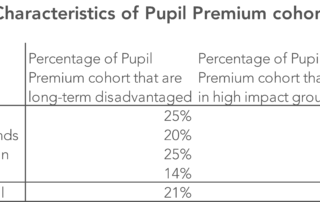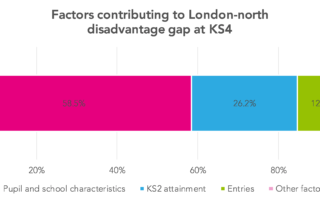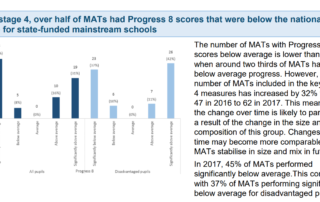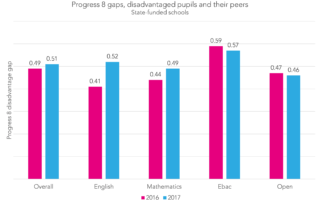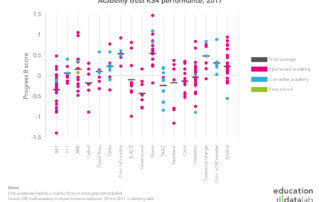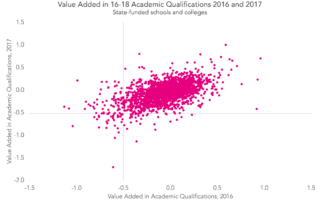Help us to investigate independent alternative provision
This is a joint blogpost from Education Datalab and The Difference. The Difference is a new training programme, creating the next generation of school leaders, upskilled in supporting pupil mental health and reducing exclusion from school. Leaders spend two years teaching in alternative provision while studying a specialist leadership course, focusing on mental health, safeguarding [...]




